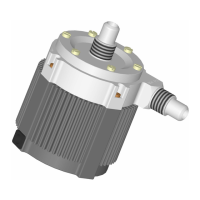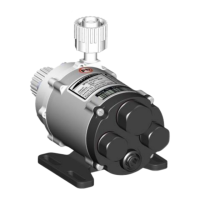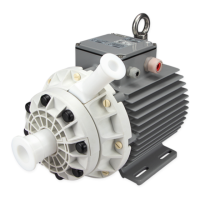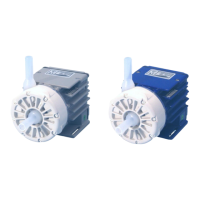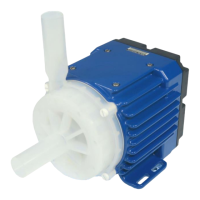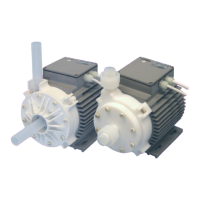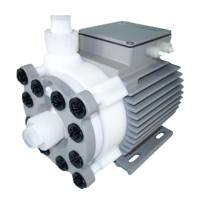3.4 Thermal Management
3.4.1 Motor Temperature
At 25
0
C (77 F) ambient temperature and liquid temperature < 70
0
C (158 F) the inside motor temperature is
below 75
0
C (167 F) for all operational points shown in Figure 3. The maximum surface temperature is
significantly below this inside temperature. If the ambient temperature is up to 40
0
C (104 F) liquid
temperature should not exceed 55
0
C (131 F) to fulfill above motor conditions.
If the above specified conditions are exceeded or the motor is placed in an environment with poor circulation
active cooling means are recommended in order to not run into the thermal limit (90
0
C / 194 F) or
significantly reduce the MTBF.
3.4.2 Controller Temperature
At ambient temperature < 40
0
C (104 F) the controller temperature is below 60
0
C (140 F) for all operational
points shown in Figure 3. The maximum surface temperature is below this inside temperature.
If the specified conditions are exceeded or the controller is placed in an environment with poor circulation
active cooling means are recommended in order to not run into the thermal limit (70
0
C / 158 F).
3.5 Hydraulic Circuit Design
Following general design rules shall be considered for a robust operation of the pump system considering
efficiency and optimum priming behavior:
1. The general rule for optimum priming behavior is to minimize the pressure drop in the inlet
circuit and avoid negative pressure at the inlet of the pump head.
2. Minimize tubing length at the inlet of the pump head and maximize the ID (not smaller than the
pump head inlet ID of 22.5 mm is recommended). This reduces the pressure drop and the
tendency of cavitation.
3. Avoid any restrictions, valves, elbows, bended tubing and sharp edges at the inlet circuit of the
pump head, which potentially causes cavitation resulting in gas bubble collection in the pump
head with the danger of priming loss.
4. Place the pump at the lowest point of the hydraulic circuit. Optimum is as much as possible
below a tank or reservoir. This optimizes priming behavior and removal of gas bubbles.
5. Keep the liquid level in the reservoir tank or bag as high as possible, which increases the inlet
pressure of the pump head and minimized heat up of the liquid.
6. In general the pump system placement and circuit shall be designed that gas bubbles can leave
the pump housing and that the pump head remains primed.
7. To minimize heat up of the liquid the overall pressure drop in the hydraulic circuit shall be
reduced as much as possible.
8. It shall be avoided to pump longer times against a closed valve, which can cause heat-up of the
liquid.
9. At higher liquid temperature above rules become more important due to higher cavitation
tendency of the liquid.
10. Load and stress at the inlet and outlet by heavy tubing and improper mounting alignment shall
be avoided as this can cause leakage issues due to distortion of the plastic pump housing.
Contact the Levitronix
®
Technical Service department (see Section 8) for more detailed considerations and
support on the design of the hydraulic circuit.
